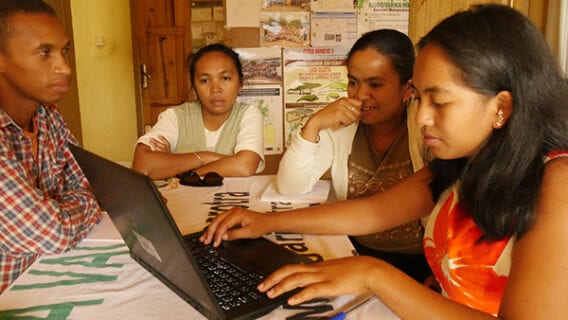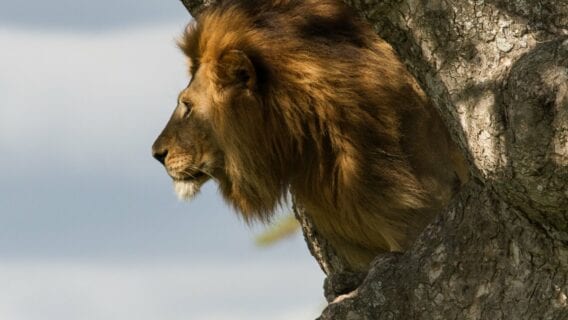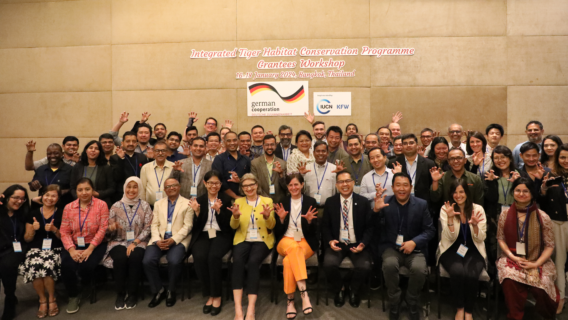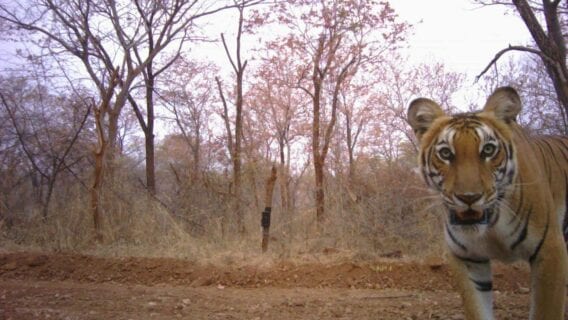Saving the Threatened Snow Leopard in Central Asia
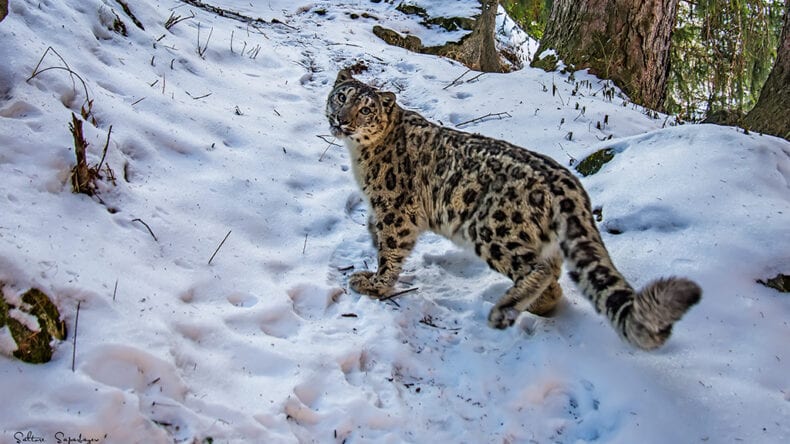
In collaboration with experts from the IUCN Species Survival Commission (SSC) and relying on the most up-to-date information and recommendations, IUCN Save Our Species is addressing priority issues to ensure the survival of threatened species worldwide. In 2019, the IUCN Regional Office for Eastern Europe and Central Asia (ECARO) joined the program to launch SOS Central Asia. In the first phase of its implementation, the project has mobilised funding to support conservation action for the Snow Leopard (Panthera uncia) and the Goitered Gazelle (Gazella subgutturosa).
The survival of snow leopards in the wild is adversely affected by habitat loss, illegal trade and retaliatory killings, as well as the impacts of climate change. Due to unsustainable hunting, they are also losing their main prey – ungulates, such as the Siberian Ibex or the Argali. At the same time, ahuman-wildlife conflict is also intensifying. Increased community engagement in the conservation of snow leopards might result in the increase of their safety and numbers.
SOS Central Asia grantees are taking on ambitious tasks in research and conservation action to identify and apply the best solutions in mitigating threats and contributing to improving their population status. At the same time, the projects are addressing the needs for education and communication. This is achieved by working closely with local communities in order to ensure healthy co-existence, and by giving locals the opportunity to both contribute and benefit from conservation programs.
Traditionally, indigenous peoples saw the snow leopard as a sacred animal, the protector of the mountains. Under the SOS Central Asia initiative, grantees are working to integrate traditional knowledge in conservation action in Kyrgyzstan and Tajikistan. Greater respect for this species and awareness should lead to improved conditions for these threatened cats, along with social, economic, and ecological benefits to human beings.
Another line of action will help build partnerships between government and local communities in Kyrgyzstan in the form of co-managed wildlife conservancies, in order to further protect the snow leopard’s habitat. They will help communities understand the importance of snow leopard conservation, offer economic and livelihood improvements as well as buffers against predation, serving as a model that could be scaled-up regionally.
Finally, in Kazakhstan, some 150 estimated snow leopards practically live within the borders of Almaty, the second largest city in the country. They are losing their habitat due to the city’s growing population and infrastructure development. Supported by SOS Central Asia, experts will conduct new research on the snow leopard’s lifestyle in the context of urbanization, in order to support the implementation of adequate solutions.
Financial support for the coordinated conservation work across the snow leopard’s natural habitats was mobilised through the IUCN Save Our Species and its SOS Central Asia initiative, and sums up to 220,000 Euro over approximately 18 months. Snow Leopard Trust, Snow Leopard Conservancy and Wildlife Without Borders have initiated snow leopard conservation projects with this new funding opportunity.


